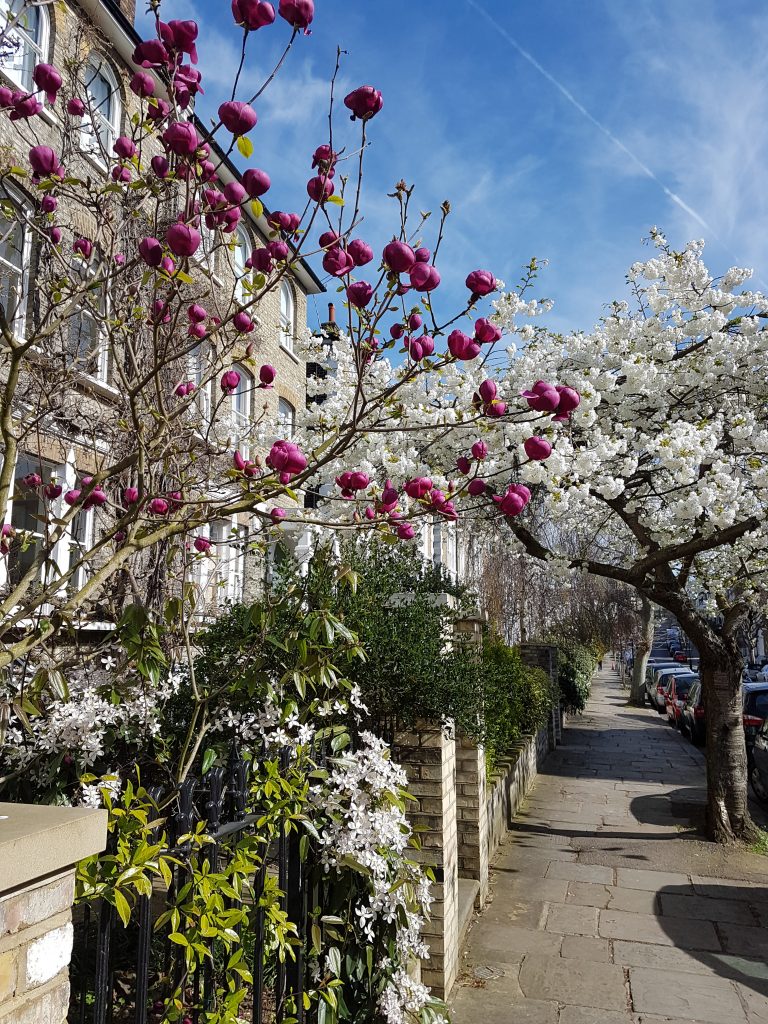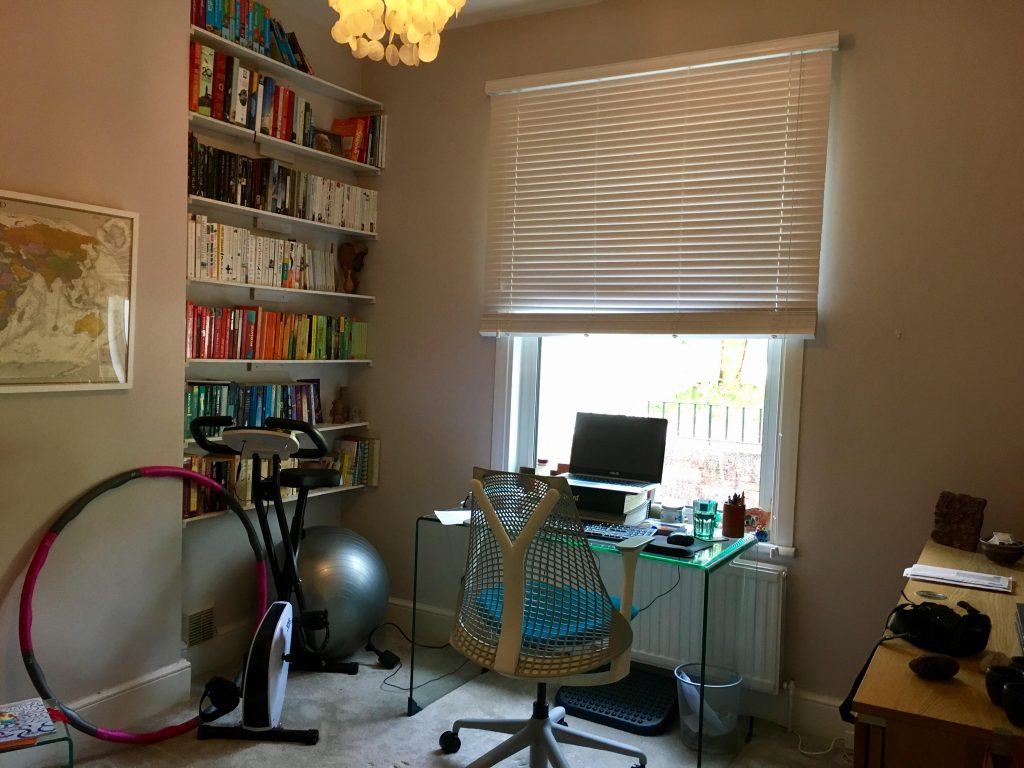Last week, I participated in a seminar exploring how best to bring together health and planning to ‘improve the quality of lives and places in England’. The focus was on putting theory into practice and/but a lot of the discussion was about language and evidence as barriers to this. In particular – and this is
Catherine Raynor’s blog is the first of a series of guest posts on the theme of Sense of Place. It’s 18.14 as I start this post. I’m writing it in my garden. I have a stack of paper in front of me. On it are the notes for a plan that I will write up tomorrow
If you ask individuals what ‘sense of place’ means to them, they offer up thoughts like ‘it’s the people’, ‘a place with history’, ‘a place I feel connected to’, as well as ‘sights, sounds and smells.’ The academic literature supports this. For example, we know that ‘place attachment’, which is the psychological term, is good



